Raising public awareness on Rare Disease Day
World Rare Disease Day is held on the last day of February every year in order to raise public awareness toward treating little-known or uncommon diseases.
European Organization for Rare Disease established the first Rare Disease Day in 2008 and China first celebrated the day in 2009.
With over 16.8 million people suffering from rare diseases in China, the reasons for the majority are still unknown.
Invited by Chinese Organization for Scleroderma, Shanghai Daily photographer Dong Jun visited a patient in Fuyang, a city in Anhui Province about 650 kilometers away from Shanghai, on February 13 and documented her daily life which is full of hardship and hope.
Zhu Shuhua, a 40-year-old woman from Jizhao Village in Taihe County, was diagnosed with scleroderma in 2004 and is a member of the Chinese Organization for Scleroderma.
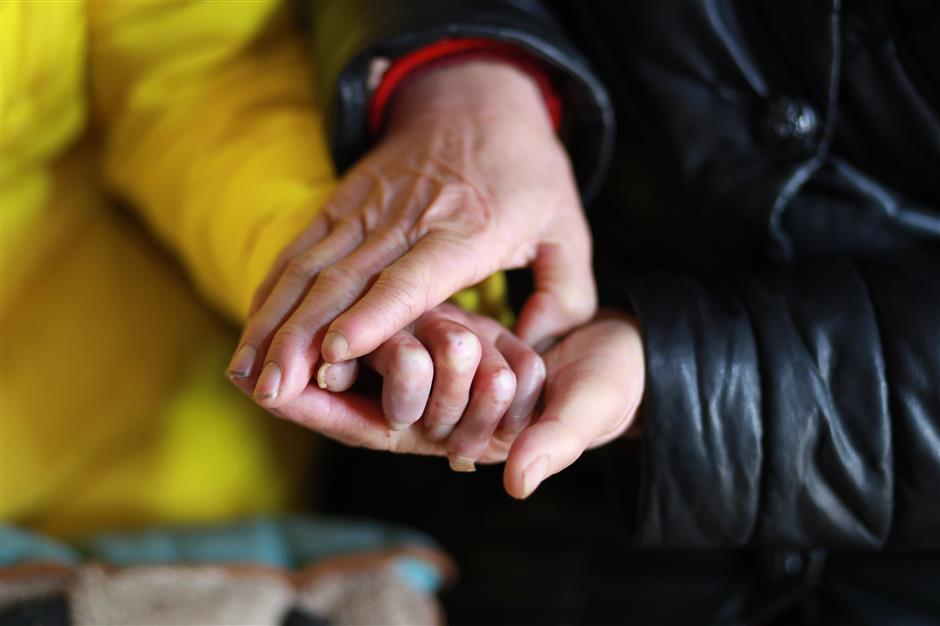
Zhu Shuhua’s mother holds the distorted hand of her 40-year-old daughter. Zhu has been diagnosed with scleroderma since 2004. Due to the rare disease, Zhu can’t stretch six of her fingers. Only her two thumbs and two little fingers are fully functional. Symptoms of scleroderma include thickened skin, stiffness and poor blood flow to the fingers or toes with cold exposure.
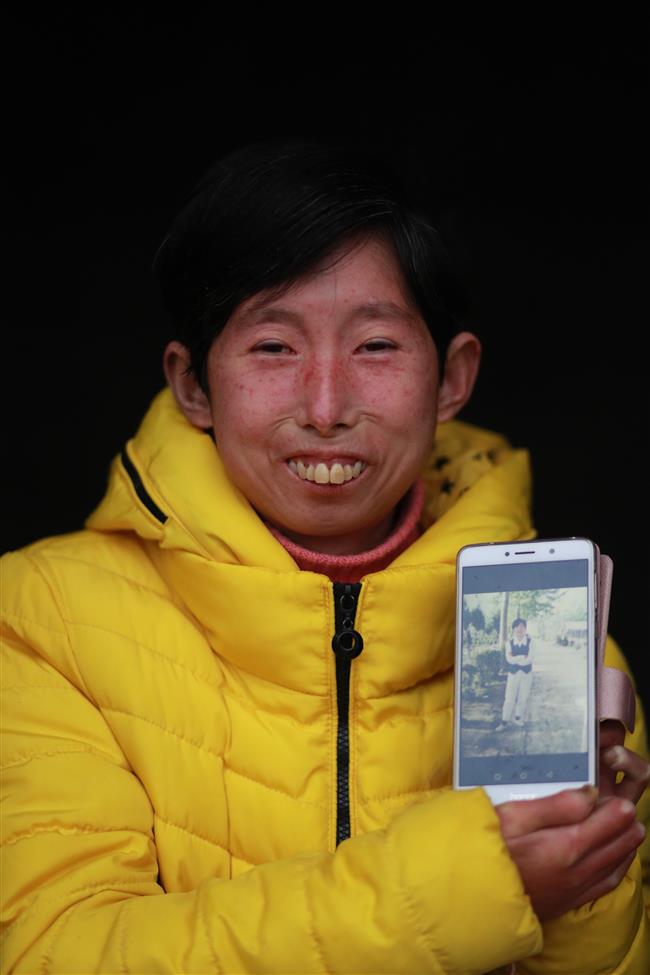
Zhu and a photo she took before she had scleroderma. As a result of the disease, Zhu’s teeth protrude outside her mouth and it’s hard for her to casually smile.
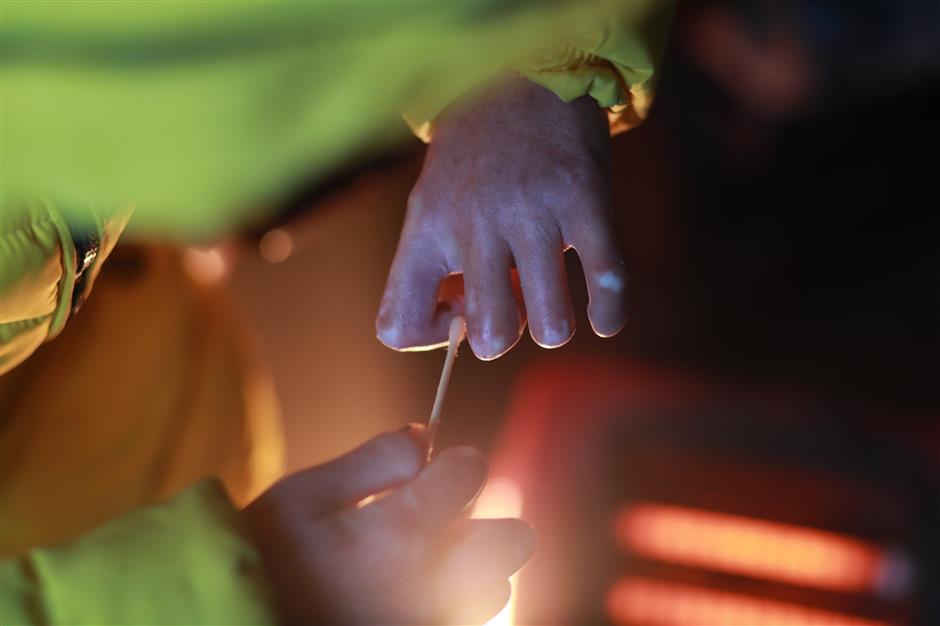
Zhu puts oil on her stiff fingers. Winter is a harsh season for scleroderma patients, as their blood flow worsens in cold weather.
Scleroderma is a group of autoimmune diseases that may result in changes to the skin, blood vessels, muscles and internal organs.
About 2 million people around the world suffer from the disorder, which has mostly hit women aged between 22 and 55.
Despite her disease, Zhu has found a typing job online. “I was able to type more than 100 characters a minute before I had this disease, but now as only my thumbs and litter fingers are still fully functional, it takes me 15 days to finish a document of 20,000 characters,” Zhu said.
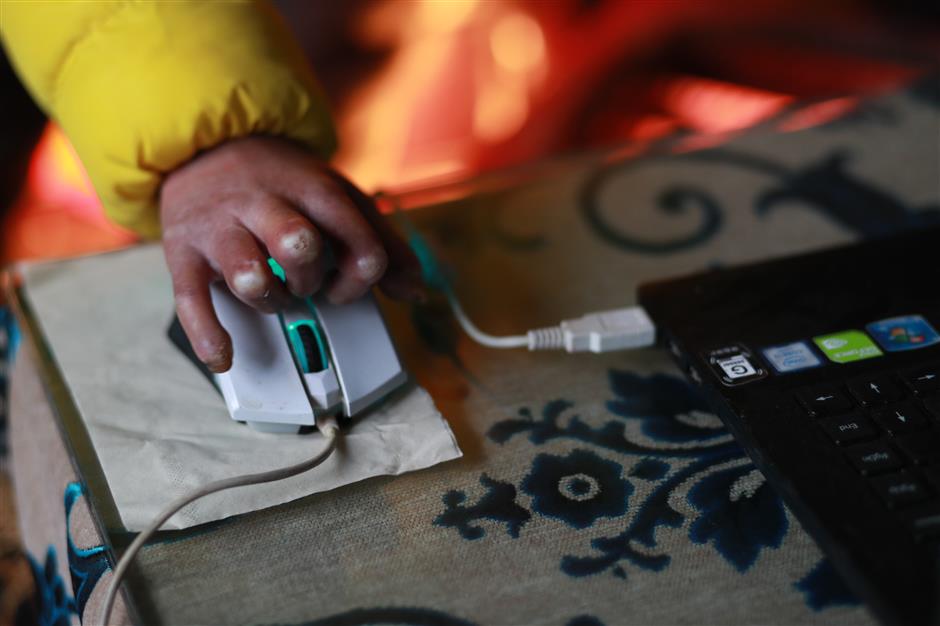
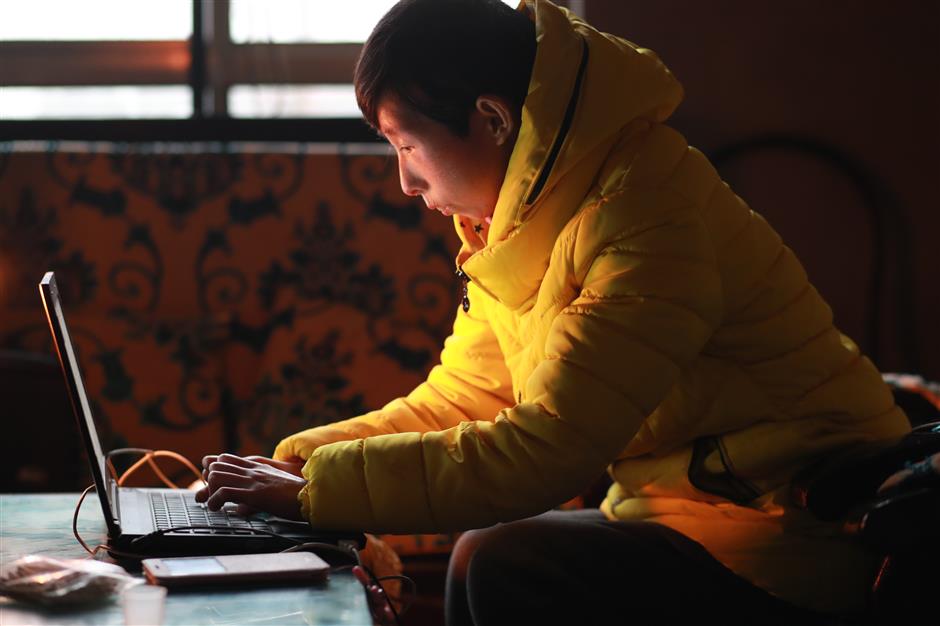
Despite her debilitating disease, Zhu uses her thumbs and little fingers to type and work on computers. She used to work as a secretary but now collates data voluntarily for the Chinese Organization for Scleroderma.
With no fingerprints, Zhu can’t use modern mobile phones that are unlocked by fingerprints. However, many neighbors regard Zhu as an “IT expert” of phones and computers and often come to consult her with technical problems.
“I love to have neighbors coming to my house. Although I don’t talk much, I feel more lively when being with them,” Zhu said.
Zhu learned that there are a few therapeutic drugs for scleroderma in development at the moment but she feels hopeful they will be a cure in the future.

With no fingerprints, Zhu can’t use modern mobile phones that are unlocked by fingerprints.
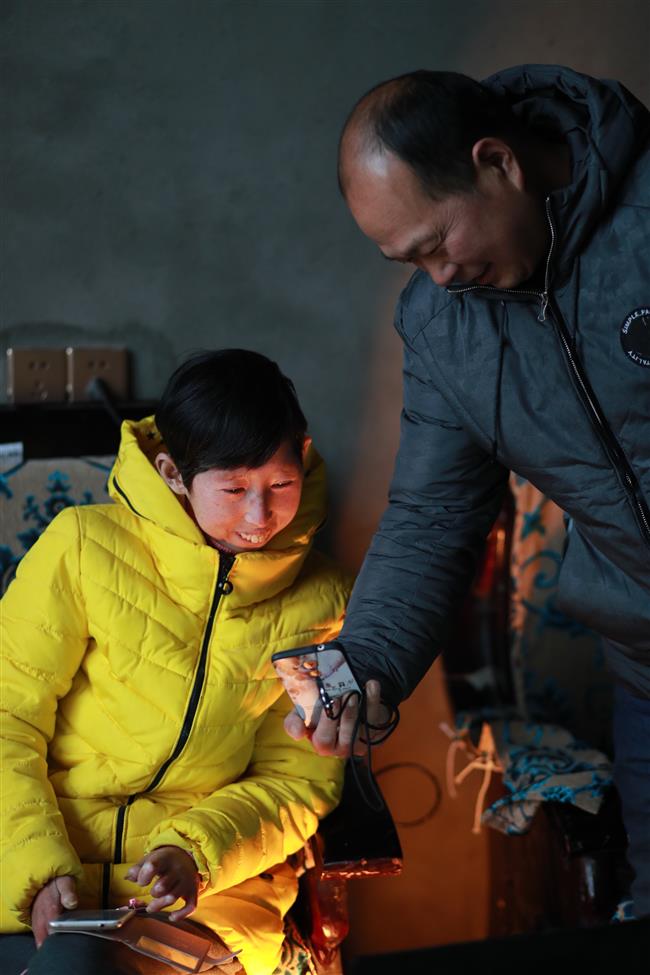
A neighbor consults Zhu with mobile phone technical problems. Many people in her village regard Zhu as an “IT expert.”
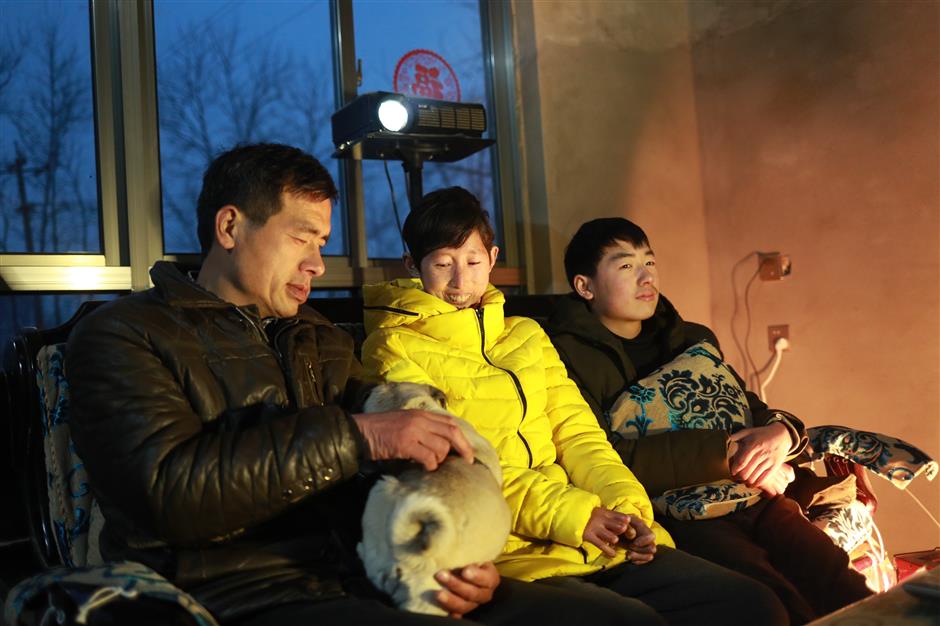
Zhu shares a light moment with her family and the pet dog in the evening.
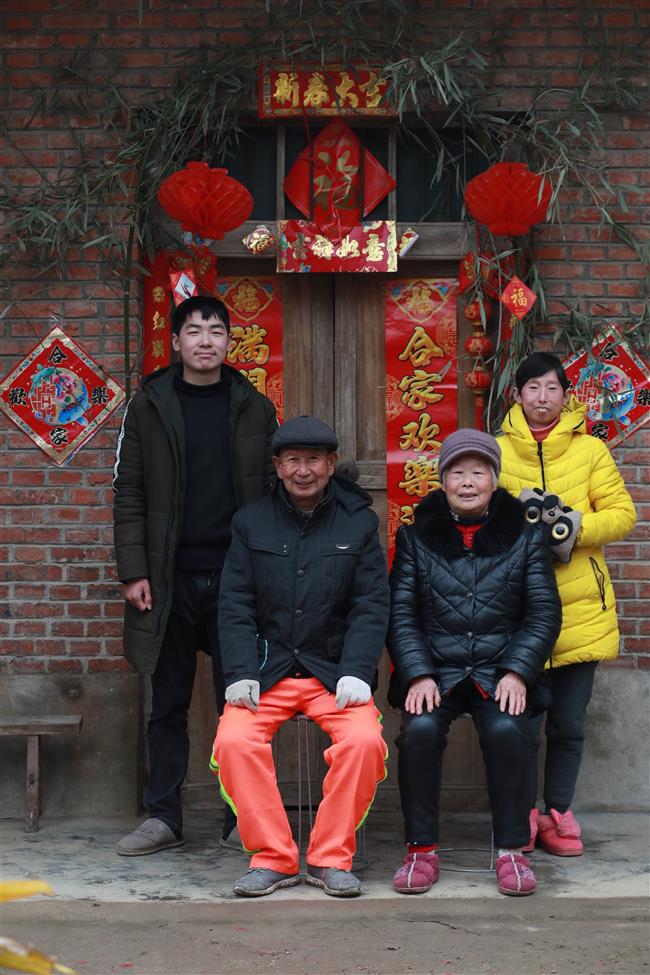
Zhu poses for a family photo with her son and parents eight days after the Spring Festival. The door behind is still decorated with red lanterns and the Chinese character fu, which stands for happiness.

















